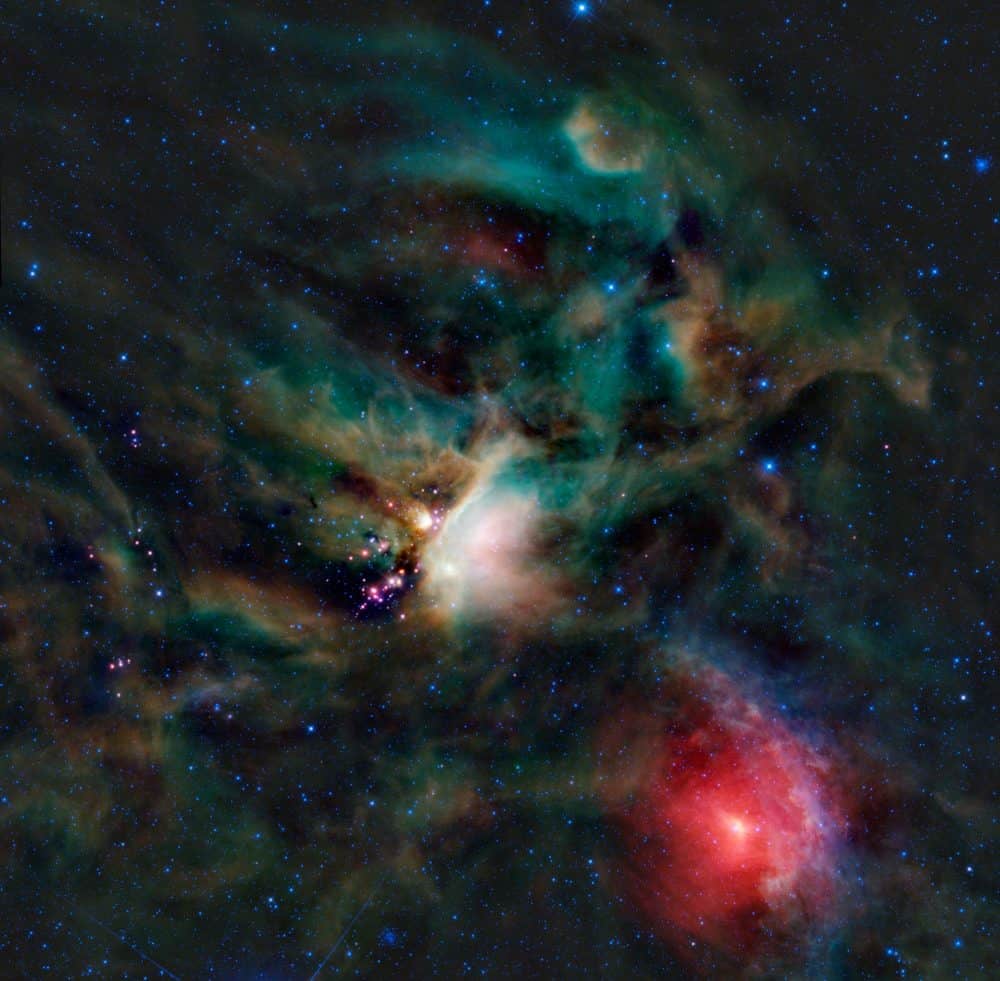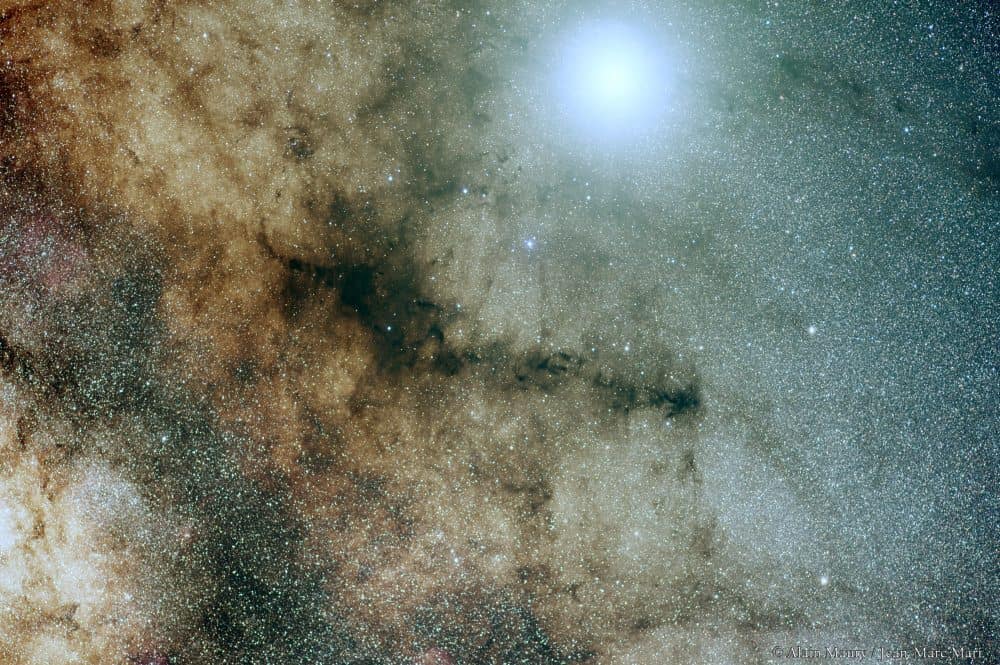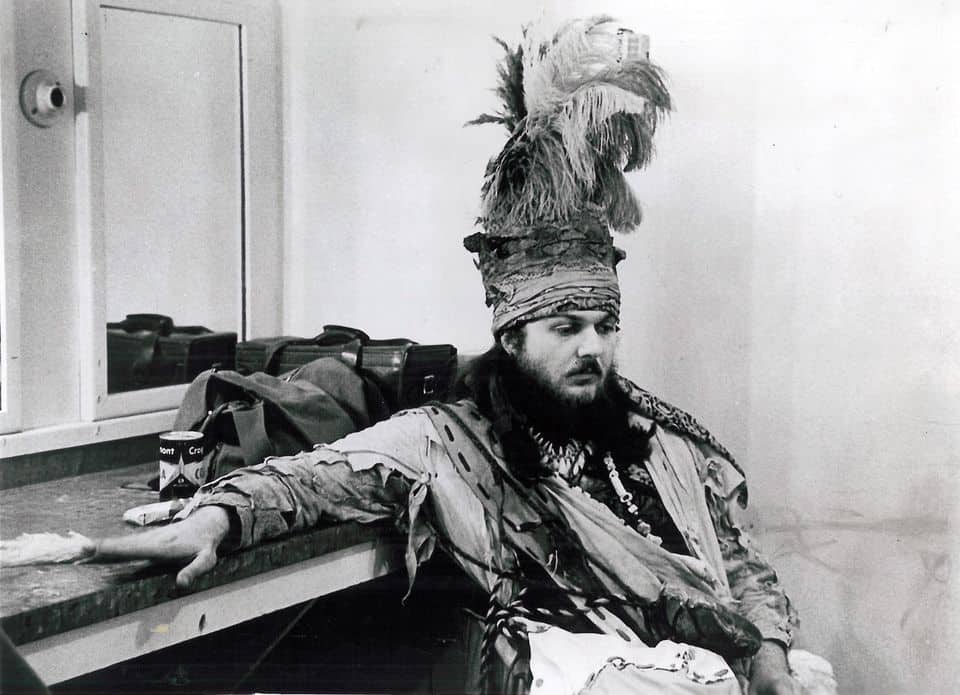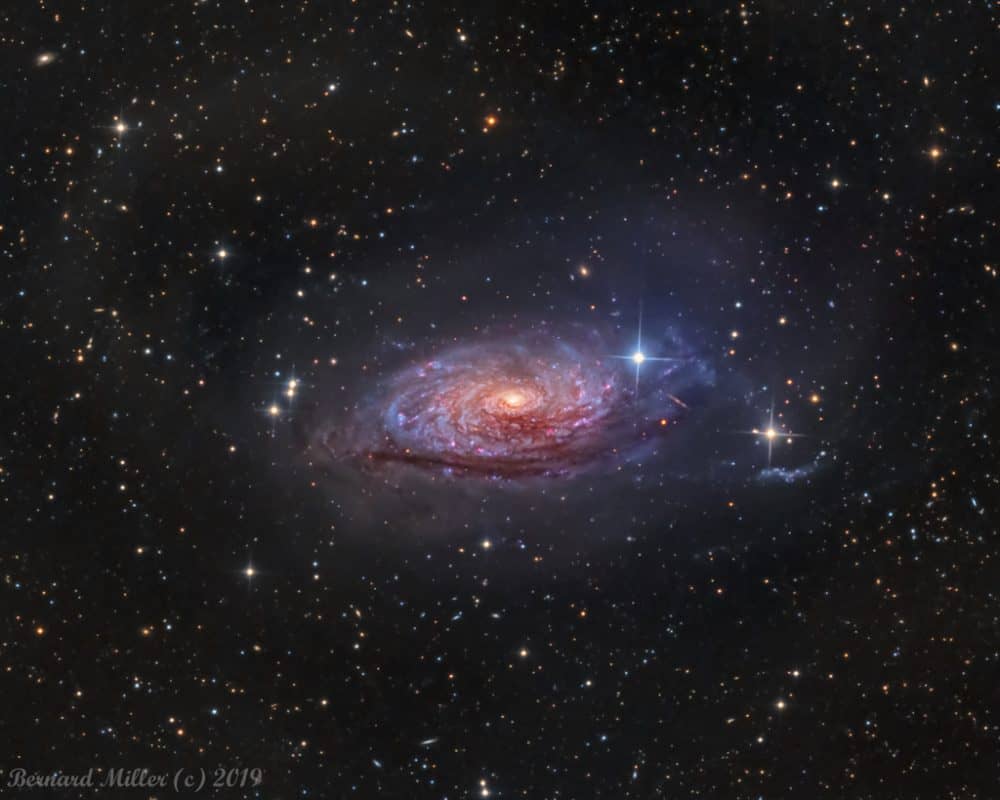Blog
Kenny Barron (born June 9, 1943) is an American jazz pianist, who has appeared on hundreds of recordings as leader and sideman and is considered one of the most influential mainstream jazz pianists since the bebop era. Born in Philadelphia, Pennsylvania, Kenny Barron is the younger brother of tenor saxophonist Bill Barron (1927–1989). One of his first gigs was as pianist with the Dizzy Gillespie quartet. Barron was briefly a member of the Jazztet around 1962, but did not record with them. He graduated in 1978 with a BA in Arts from Empire State College (Metropolitan Center, New York City). He also co-led the groups Sphere and the Classical Jazz Quartet.
Between 1987 and 1991, Barron recorded several albums with Stan Getz, most notably Voyage, Bossas & Ballads – The Lost Sessions, Serenity, Anniversary and People Time, a two-CD set.
He has been nominated nine times for Grammy Awards and for the American Jazz Hall of Fame. He was elected a Fellow of the American Academy of Arts and Sciences in 2009.
more...Lester William Polsfuss (June 9, 1915 – August 12, 2009), known as Les Paul, was an American jazz, country, and blues guitarist, songwriter, luthier, and inventor. He was one of the pioneers of the solid-body electric guitar, and his techniques served as inspiration for the Gibson Les Paul. Paul taught himself how to play guitar, and while he is mainly known for jazz and popular music, he had an early career in country music. He is credited with many recording innovations. Although he was not the first to use the technique, his early experiments with overdubbing (also known as sound on sound), delay effects such as tape delay, phasing effects and multitrack recording were among the first to attract widespread attention.
His innovative talents extended into his playing style, including licks, trills, chording sequences, fretting techniques and timing, which set him apart from his contemporaries and inspired many guitarists of the present day. He recorded with his wife, the singer and guitarist Mary Ford, in the 1950s, and they sold millions of records.
Among his many honors, Paul is one of a handful of artists with a permanent, stand-alone exhibit in the Rock and Roll Hall of Fame. He is prominently named by the music museum on its website as an “architect” and a “key inductee” with Sam Phillips and Alan Freed. Les Paul is the only person to be included in both the Rock and Roll Hall of Fame and the National Inventors Hall of Fame.
more...Cole Albert Porter (June 9, 1891 – October 15, 1964 Peru, IN) was an American composer and songwriter. Born to a wealthy family in Indiana, he defied his grandfather’s wishes and took up music as a profession. Classically trained, he was drawn to musical theatre. After a slow start, he began to achieve success in the 1920s, and by the 1930s he was one of the major songwriters for the Broadway musical stage. Unlike many successful Broadway composers, Porter wrote the lyrics as well as the music for his songs.
After a serious horseback riding accident in 1937, Porter was left disabled and in constant pain, but he continued to work. His shows of the early 1940s did not contain the lasting hits of his best work of the 1920s and ’30s, but in 1948 he made a triumphant comeback with his most successful musical, Kiss Me, Kate. It won the first Tony Award for Best Musical.
Porter’s other musicals include Fifty Million Frenchmen, DuBarry Was a Lady, Anything Goes, Can-Can and Silk Stockings. His numerous hit songs include “Night and Day“, “Begin the Beguine“, “I Get a Kick Out of You“, “Well, Did You Evah!“, “I’ve Got You Under My Skin“, “My Heart Belongs to Daddy” and “You’re the Top“. He also composed scores for films from the 1930s to the 1950s, including Born to Dance (1936), which featured the song “You’d Be So Easy to Love“; Rosalie (1937), which featured “In the Still of the Night“; High Society (1956), which included “True Love“; and Les Girls (1957).
more...The Rho Ophiuchi cloud complex is a dark nebula of gas and dust that is located 1° south of the star ρ Ophiuchi of the constellation Ophiuchus. At an estimated distance of 131 ± 3 parsecs, this cloud is one of the closest star-forming regions to the Solar System.
This cloud covers an angular area of 4.5° × 6.5° on the celestial sphere. It consists of two major regions of dense gas and dust. The first contains a star-forming cloud (L1688) and two filaments (L1709 and L1755), while the second has a star-forming region (L1689) and a filament (L1712–L1729). These filaments extend up to 10–17.5 parsecs in length and can be as narrow as 0.24 parsecs in width. Some of the structures within the complex appear to be the result of a shock front passing through the clouds from the direction of the neighboring Sco OB2 association.
Temperatures of the clouds range from 13–22 K, and there is a total of about 3,000 times the mass of the Sun in material. Over half of the mass of the complex is concentrated around the L1688 cloud, and this is the most active star-forming region. There are embedded infrared sources within the complex. A total of 425 infrared sources have been detected near the L1688 cloud. These are presumed to be young stellar objects, including 16 classified as protostars, 123 T Tauri stars with dense circumstellar disks, and 77 weaker T Tauri stars with thinner disks. The last two categories of stars have estimated ages ranging from 100,000 to a million years.
more...Willie Jones III (born June 8, 1968 in Los Angeles, California) is a jazz drummer. He has played, toured, and recorded with Horace Silver, Roy Hargrove, Hank Jones, Cedar Walton, and Herbie Hancock. He played on Arturo Sandoval‘s Grammy-winning album Hot House (1998). Jones’ father, also named Willie Jones, was a pianist, composer and arranger, who moved to Los Angeles from Jacksonville in 1961. By the time Jones was born, his father “was gigging locally and working as a vocal coach for entertainers, including Ann-Margret.”
In 1991, Jones began studying at the California Institute of the Arts, where he took drum lessons from Albert “Tootie” Heath. Jones played with Milt Jackson in 1994, and toured with trumpeter Arturo Sandoval from 1994 to 1998.
Jones was based in Los Angeles until he moved to New York in 1997. He played in trumpeter Roy Hargrove‘s quintet from 1998 to 2006. In 2000, Jones founded an independent jazz label, WJ3 Records. He said in 2017 that “It’s a self-investment, […] I’m not making a profit, but I’m not losing any money. I’ve become more proficient at putting out each project.” He has regularly played with pianist Eric Reed, as the drummer for Wynton Marsalis‘ Jazz at Lincoln Center, and has several CDs released as a leader on his own label, playing hard bop and swing.
more...Derek Trucks (born June 8, 1979) is an American guitarist, songwriter, and founder of the Grammy Award-winning[1]The Derek Trucks Band. He became an official member of The Allman Brothers Band in 1999. In 2010 he formed the Tedeschi Trucks Band with his wife, blues singer/guitarist Susan Tedeschi. His musical style encompasses several genres and he has twice appeared on Rolling Stone‘s list of 100 Greatest Guitarists of All Time. He is the nephew of Butch Trucks, drummer for the Allman Brothers. Trucks was born in Jacksonville, Florida. According to Trucks, the name of Eric Clapton‘s band, Derek and the Dominos, had “something to do with the name [Derek] if not the spelling”.
Trucks bought his first guitar at a yard sale for $5 at age nine and became a child prodigy, who played his first paid performance at age 11. Trucks began playing the guitar using a slide because it allowed him to play the guitar despite his small, young hands. By his 13th birthday, Trucks had played alongside Buddy Guy and toured with Thunderhawk.
more...William Russell Watrous III (June 8, 1939 – July 2, 2018) was an American jazz trombonist. He is perhaps best known by casual fans of jazz music for his rendition of Sammy Nestico‘s arrangement of the Johnny Mandel ballad “A Time for Love” which he recorded on a 1993 album of the same name. A self-described “bop-oriented” player, he was well known among fellow trombonists as a master technician and for his mellifluous sound.
Watrous’ father, also a trombonist, introduced him to the instrument at an early age. While serving in the U.S. Navy, Watrous studied with jazz pianist and composer Herbie Nichols. His first professional performances were in Billy Butterfield‘s band.
Watrous’ career blossomed in the 1960s. He played and recorded with many jazz luminaries, including Maynard Ferguson, Woody Herman, Quincy Jones, Johnny Richards, and trombonist Kai Winding. He also played in the house band on the Merv Griffin Show from 1965 to 1968.
In 1971, he played with the jazz fusion group Ten Wheel Drive. Also in the 1970s, Watrous formed his own band, The Manhattan Wildlife Refuge Big Band, which recorded two albums for Columbia Records. The band was later renamed Refuge West when Watrous moved to southern California.
more...Taarab from Tanzania
more...Now posing against our galaxy’s rich starfields and nebulae, brilliant planet Jupiter shines in the night sky. Its almost overwhelming glow is near the top of the frame in this colorful telephoto portrait of the central Milky Way. Spanning about 20 degrees on the sky, the scene includes the silhouette of LDN 1773 against the starlight, also know by the popular moniker the Pipe Nebula for its apparent outline of stem and bowl. The Pipe Nebula is part of the galaxy’s Ophiuchus dark cloud complex. Located at a distance of about 450 light-years, dense cores of gas and dust within are collapsing to form stars. Approaching its opposition, opposite the Sun in the sky on June 12, Jupiter is only about 36 light-minutes from planet Earth. Fans of dark markings on the sky can probably spot the Snake Nebula below and left of Jupiter’s glare.
more...Harold Floyd “Tina” Brooks (June 7, 1932 – August 13, 1974) was an American hard bop, blues, and funk tenor saxophonist and composer. Harold Floyd Brooks was born in Fayetteville, North Carolina, and was the brother of David “Bubba” Brooks. The nickname “Tina”, pronounced Teena, was a variation of “Teeny”, a childhood moniker. His favourite tune was “My Devotion”.[1] He studied harmony and theory with Herbert Bourne.
Initially, he studied the C-melody saxophone, which he began playing shortly after he moved to New York with his family in 1944. Brooks’ first professional work came in 1951 with rhythm and blues pianist Sonny Thompson, and in 1955 Brooks played with vibraphonist Lionel Hampton. Brooks also received less formal guidance from trumpeter and composer “Little” Benny Harris, who led the saxophonist to his first recording as a leader. Harris, in fact, was the one who recommended him to Blue Note Records producer Alfred Lion in 1958. Brooks is best known for his work for Blue Note Records between 1958 and 1961, recording primarily as a sideman with Kenny Burrell, Freddie Hubbard, Jackie McLean, Freddie Redd, and Jimmy Smith. Around the same period, Brooks was McLean’s understudy in The Connection, a play by Jack Gelber with music by Redd, and performed on an album of music from the play on Felsted Records.
more...Flamenco Fridays with Bulerias.
“Loco Mateo” was the first performer of this style, finishing his “soleares or soleás” with “bulerías”. Hence “bulería” results from “solea”. It was originated in the late 19th century. In “Sinfonía Virtual” magazine Guillermo Castro documented that the term “bulería” was used for the first time in the 17th century, but it didn’t acquire its flamenco meaning until the early 20th century. It was earlier believed that the first appearance of this style came up with the painting of José García Ramos “Baile por bulerías” (1884), preserved in the Museum of Fine Arts of Seville. Currently, it’s widely known that this paiting had other titles previously such as “Tango“, “Bailarina” or “El Baile”. It was not until second half of the XX century that it adopted the name “Baile por Bulerías”.
The most flamenco “bulerías” are in Phrygian mode (with the I chord mutation that becomes Major perfect, often combining melodic and harmonic turns on the I and VI).
more...Talmage Holt Farlow (June 7, 1921 – July 25, 1998) was an American jazz guitarist. He was nicknamed “Octopus” because of how his large, quick hands spread over the fretboard. As Steve Rochinski notes, “Of all the guitarists to emerge in the first generation after Charlie Christian, Tal Farlow, more than any other, has been able to move beyond the rhythmic, melodic, and harmonic vocabulary associated with the early electric guitar master. Tal’s incredible speed, long, weaving lines, rhythmic excitement, highly developed harmonic sense, and enormous reach (both physical and musical) have enabled him to create a style that clearly stands apart from the rest.” Where guitarists of his day combined rhythmic chords with linear melodies, Farlow placed single notes together in clusters, varying between harmonically enriched tones. As music critic Stuart Nicholson put it, “In terms of guitar prowess, it was the equivalent of Roger Bannister breaking the four-minute mile.” Talmage Holt Farlow was born in Greensboro, in 1921. He taught himself how to play guitar, which he started when he was twenty-two years old. He learned chord melodies by playing a mandolin tuned like a ukulele. He said playing the ukulele was the reason he used the higher four strings on the guitar for the melody and chord structure, with the two bottom strings for bass counterpoint, which he played with his thumb. His only professional training was as an apprentice sign painter. He requested the night shift so he could listen to big band standards on the shop radio. He listened to Bix Beiderbecke, Louis Armstrong, and Eddie Lang. His career was influenced by hearing Charlie Christian playing electric guitar with the Benny Goodman band. He said he made his own electric guitar because he couldn’t afford one.
The Iconic and innovative maestro of the Second Line voodoo gris gris; legend of NOLA, Dr John (Malcolm John Rebennack, Jr.) passed on today!
https://www.nola.com/entertainment/2019/06/dr-john-a-true-new-orleans-music-legend-dies-at-age-77-report.html?fbclid=IwAR39j3WD01AzcRwTZGawqCkn1_lpqZuaF91s2AI-mXWv8aHkRaP33VRsSOM
more...A bright spiral galaxy of the northern sky, Messier 63 is about 25 million light-years distant in the loyal constellation Canes Venatici. Also cataloged as NGC 5055, the majestic island universe is nearly 100,000 light-years across. That’s about the size of our own Milky Way Galaxy. Known by the popular moniker, The Sunflower Galaxy, M63 sports a bright yellowish core in this sharp telescopic portrait. Its sweeping blue spiral arms are streaked with cosmic dust lanes and dotted with pink star forming regions. A dominant member of a known galaxy group, M63 has faint, extended features that are likely star streams from tidally disruptedsatellite galaxies. M63 shines across the electromagnetic spectrum and is thought to have undergone bursts of intense star formation.
more...Steven Siro Vai (/vaɪ/; born June 6, 1960) is an American guitarist, composer, singer, songwriter, and producer. A three-time Grammy Award winner and fifteen-time nominee, Vai started his music career in 1978 at the age of eighteen as a transcriptionist for Frank Zappa, and played in Zappa’s band from 1980 to 1983. He embarked on a solo career in 1983 and has released eight solo albums to date. He has recorded and toured with Alcatrazz, David Lee Roth, and Whitesnake, as well as recording with artists such as Mary J. Blige, Spinal Tap, and Ozzy Osbourne. Additionally, Vai has toured with live-only acts G3, Zappa Plays Zappa, and the Experience Hendrix tour, as well as headlining international tours.
Vai has been described as a “highly individualistic player” and part of a generation of “heavy rock and metal virtuosi who came to the fore in the 1980s”. He released his first solo album Flex-Able in 1984, while his most successful release, Passion and Warfare (1990), was described as “the richest and best hard rock guitar-virtuoso album of the ’80s”. He was voted the “10th Greatest Guitarist” by Guitar World magazine, and has sold over 15 million records.
more...More Posts
- Sam Jones Day
- Buck Clayton Day
- Bukka White Day
- World Music with Omnia
- Daily Roots with Kiddus I
- Veterans Day 2018 for Dad
- The Cosmos with IRAS 05437+2502
- Ernestine Anderson Day
- Hank Garland Day
- Mose Allison Day
- World Music with Out Of Nations ft. Dina Elwedidi
- Daily Roots with Iqulah
- The Cosmos with NGC 4650A
- Hubert Laws Day
- Big Chief Ellis
- Paul Bley Day
- World Music with Kassé Mady Diabaté feat Pamela Badjogo & Bishop
- Daily Roots with Idren Natural
- The Cosmos with UGC 12113
- Gerry Brown Day



